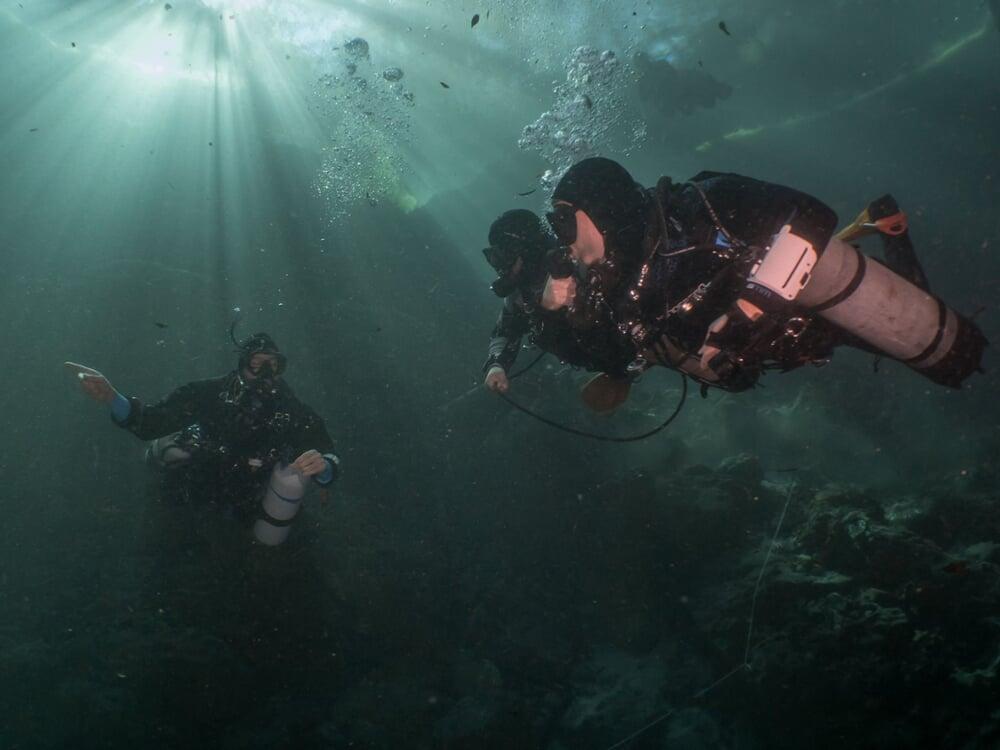Overhead environments are my DREAM dive!
Diving in overhead environments is just like any other diving, except.... its dark, silty, usually feels like a three-dimensional maze, and there is solid rock(or metal) between you and fresh air. Besides all that, your dive equipment, team structure, communication, and planning is just the same. Or at least it should be. If you are not already planning every dive like a cave diver, then you probably will be after this course. Most agencies and thus most instructors train divers with just enough skills that have just enough precision so that you can survive another dive at that level. Our philosophy is to not train you until you get it 'right', but to train you until you no longer get it 'wrong'. To accomplish this, each training course is built off agency standards but actually starts with a conversation with each diver on how to connect the dots between the divers current experience and what they realistically need to achieve their dream dive. This path is then broken up into chunks with a specific focus. Imagine applying to a university and asking just to take one course... in reality most people attend a university to get a comprehensive training of a specific subject. They start with the end goal, then develop a plan of study. This plan includes many formal courses(ie. Chemistery 101), work experience outside of class(internships), networking with peers, a list of specific tools, software, supplies that are specific to the subject(equipment), and most importantly mentors(advisors, professors, peers) to keep them on track and inspire them to keep learning and exploring. Then after a few years the individual has the tools, skills, confidence, experience, and peers to accomplish their goals. This model works perfect for dive education as well. Stop buying individual classes directly from individual professors and step back to make a plan of study to achieve your dream dive!
Anatomy of a "cave class"
- 0700 - Breakfast and daily breifing
- 0800 - Final equipment prep and transport to site
- 0900 - 1700 In-water/land based/classroom training with lunch
- 1700 - Dive center for gas fills or equipment modification
- 1800 - Daily debrief and review of training/dives/tasks for next day
- 1900 - Dinner with inspiring discussions on peers dream dives and past experiences
Training Sessions
Each trip is an opportunity to progress towards you ultimate dream dive. Formal training to learn new skills and then time to practice and refine these skills allow students to have the right balance of being challenged with new topics, executing plans to a higher level of precision, and having a more comprehensive team awareness if the training series of courses is broken into the appropriate chunks. For some these are weekend classes, others a 4 to 6 day class is best. However 10+ day "Zero to Hero" are rarely the best for anyone. Please review the classic delineations below, but keep in mind that you are paying for training, not a certification course. So depending on your goals and previous experience, your specific plan of study may require more prep work so you can focus on the course specific skills.
Primary light is the sun, if you can't see natural light, you are in the cave, not the cavern.
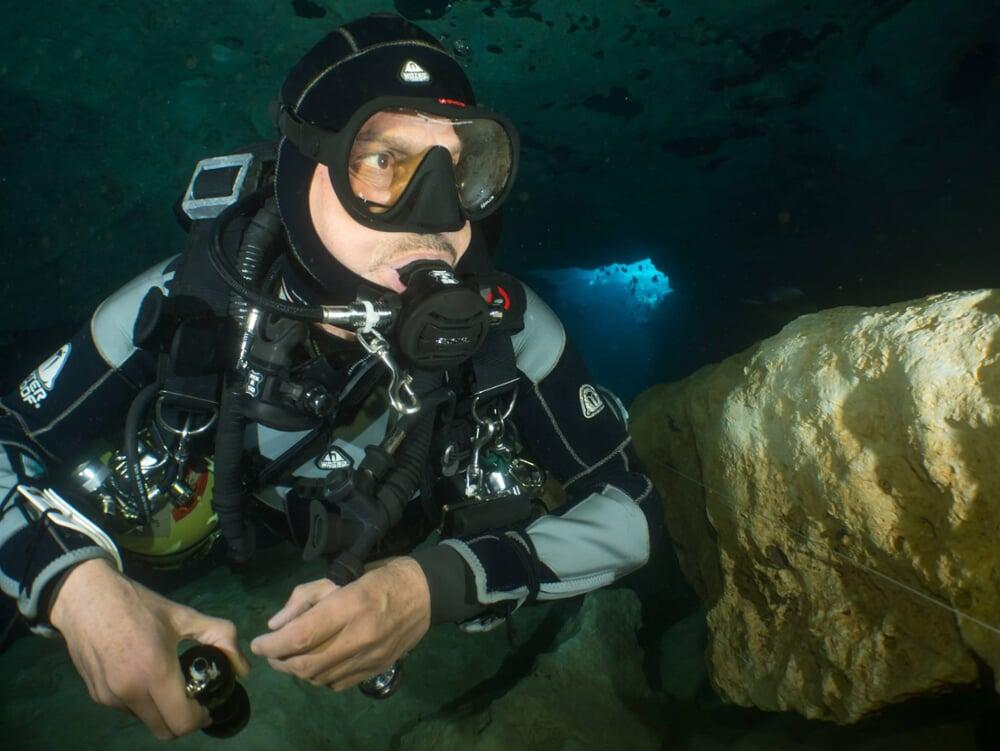
Stay on the main line and don't penetrate more than 1/6 of your gas supply.
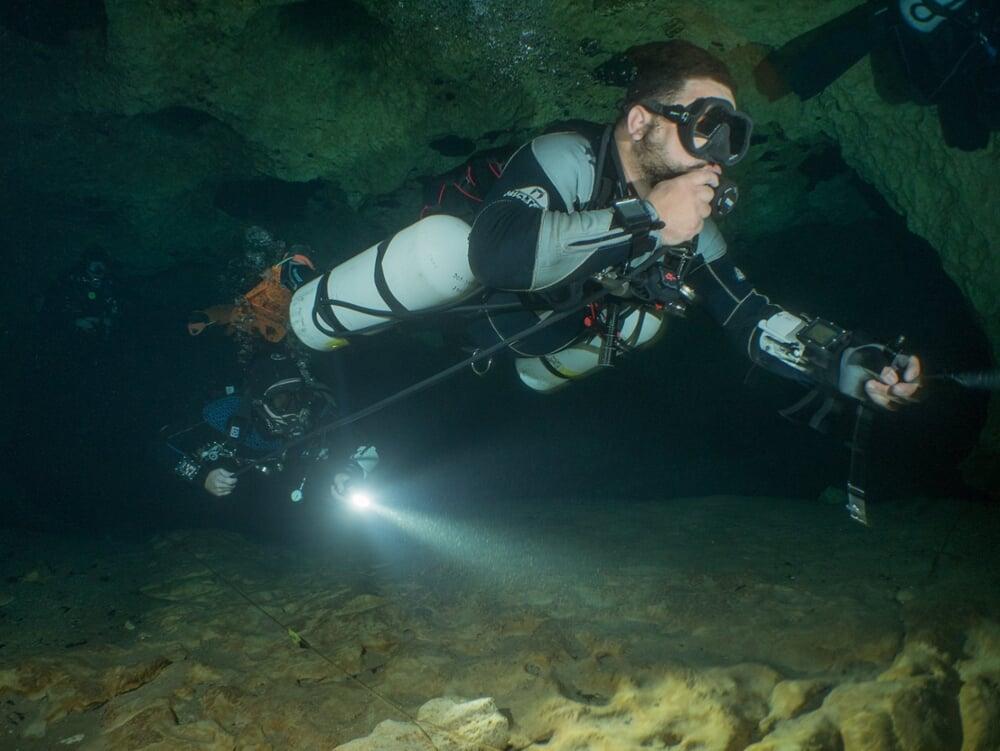
With experience, planning, and the correct eqiupment this card will get you in anywhere.
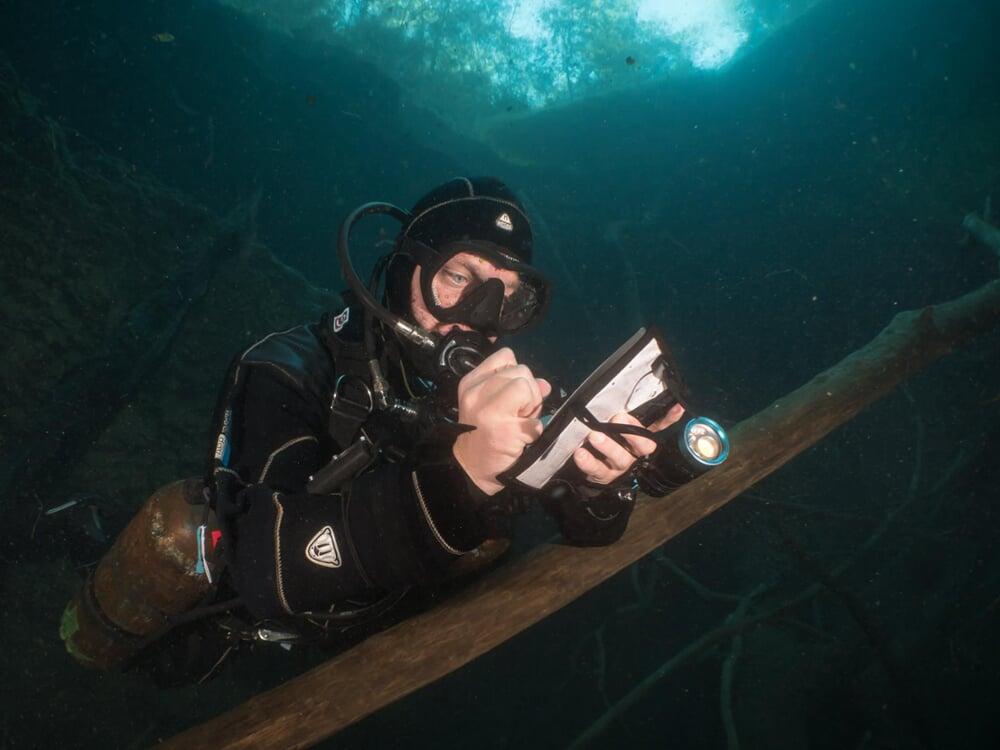
Cave Instructor
Share your passion for wet rocks. Gain the insight and confidence to teach.
What equipment do I need?
Everyone entering an overhead environment should have at least two indepdent life support systems. Below is a list of the components to make those systems as well as the standard accessories needed enter these environments. Click on the specific category for more details and recommendations(coming soon). Note: Cavern divers may use a slightly different gear configuration, however we prefer to teach all levels using the same configuration as a full cave diver. Contact instructor to confirm any questions.
These courses can all be taken in closed circuit rebreathers with at least two bailout cylinders. Current units include: XCCR, SubGravity Defender, KISS Sidewinder and KISS Sidekick. If you are diving a different unit, please contact us for most up to date unit list.
Cavern Diver

Overview
This fundamental course illustrates the proper appreciation for diving in Cavern and Cave environments. You will learn primary line skills, communication, conservation, dive planning, and emergency procedures.

Limits
Natural light zone of cavern
100ft max depth
No solo diving
No physical restrictions for team
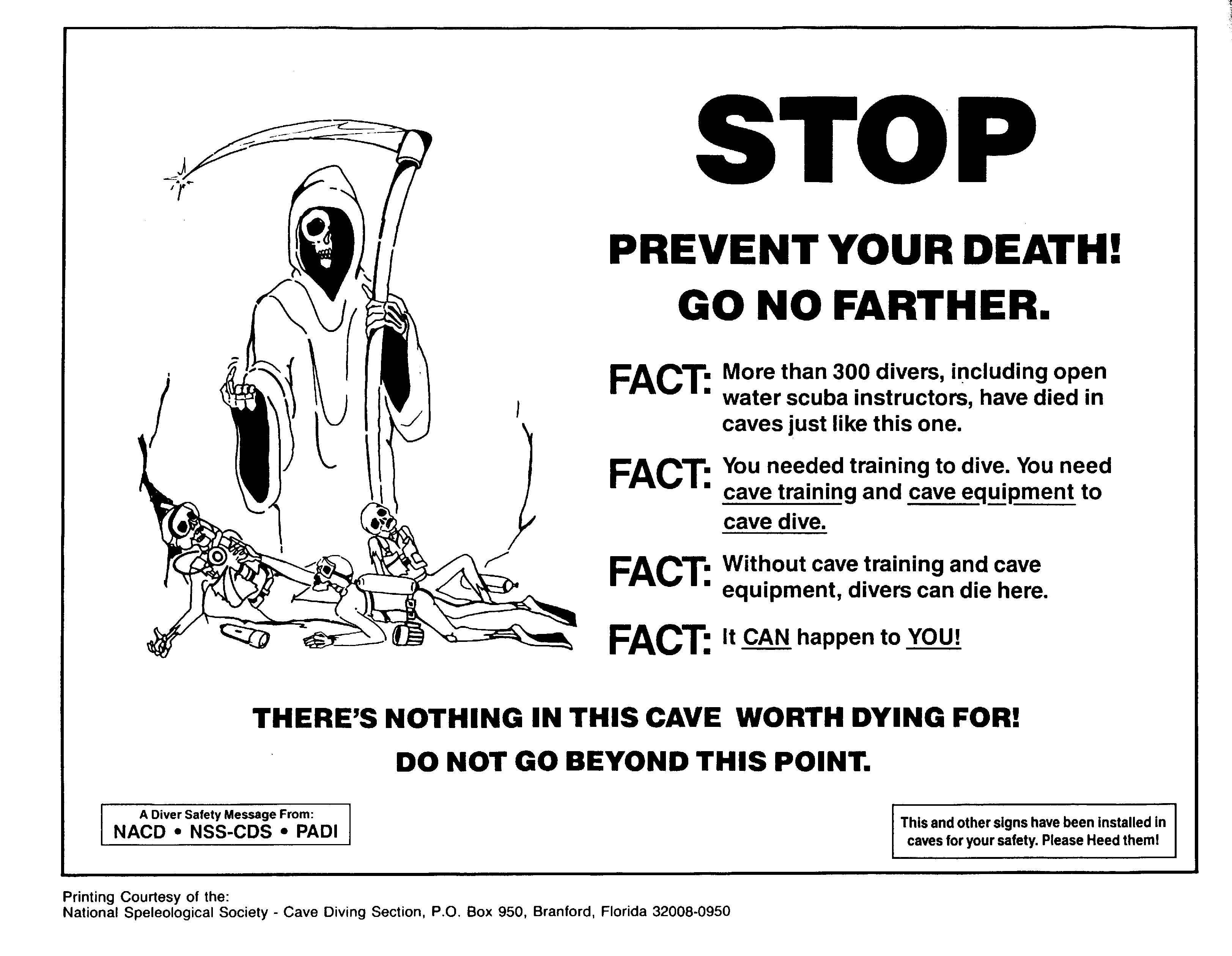

Pre-requisites
18 year old
Open Water Diver certification
25 dives
Intro to Tech / Sidemount / other fundamentals course

Co-requisites
None.

Costs
Tution: $500
Extra for: Gas fills, rental equipment, transportation, lodging, site entrance fees
Intro Cave Diver

Overview
Typically taught in conjunction with the cavern course, the intro cave course gets divers familiar with the environment past the light zone. You will learn to appreciate and respect the underwater cave environment. You will practice skills related to losing visibility/light coupled with other emergencies.

Limits
1/6 of gas supply maximum penetration
Mainline penetration only
No solo diving
No physical restrictions for team
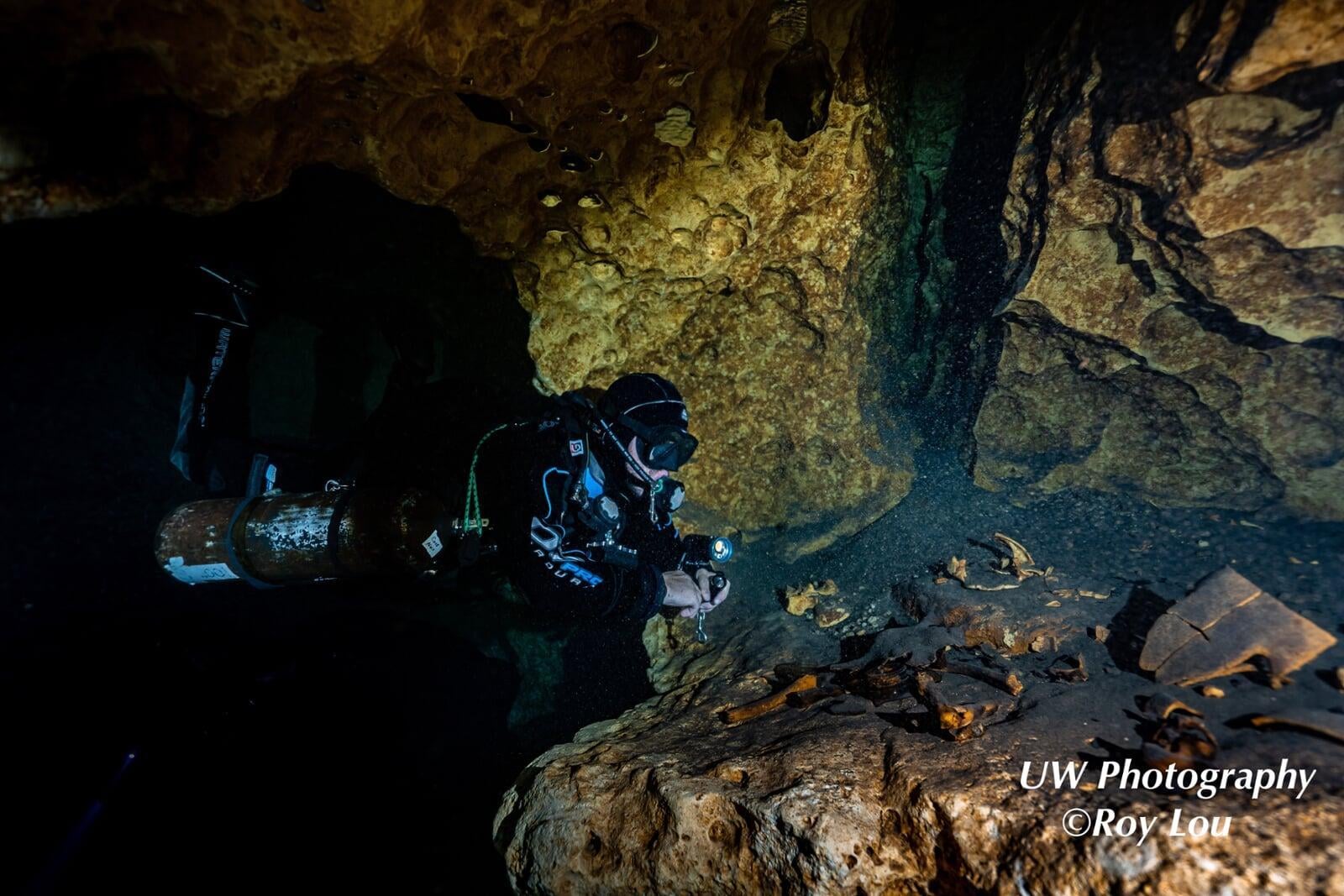

Pre-requisites
18 year old
Cavern Diver Certification - or take as a the combo program

Co-requisites
None.

Costs
Tution: $500
Extra for: Gas fills, rental equipment, transportation, lodging, site entrance fees
Full Cave Diver

Overview
The culmination of many hours and courses is this capstone program. Our goal with the full cave diver course is to pass on passion for cave diving and passion for safety while visiting some of the most unique and interesting places on the planet.

Limits
1/3 of gas supply maximum penetration
Some experience based site limitations
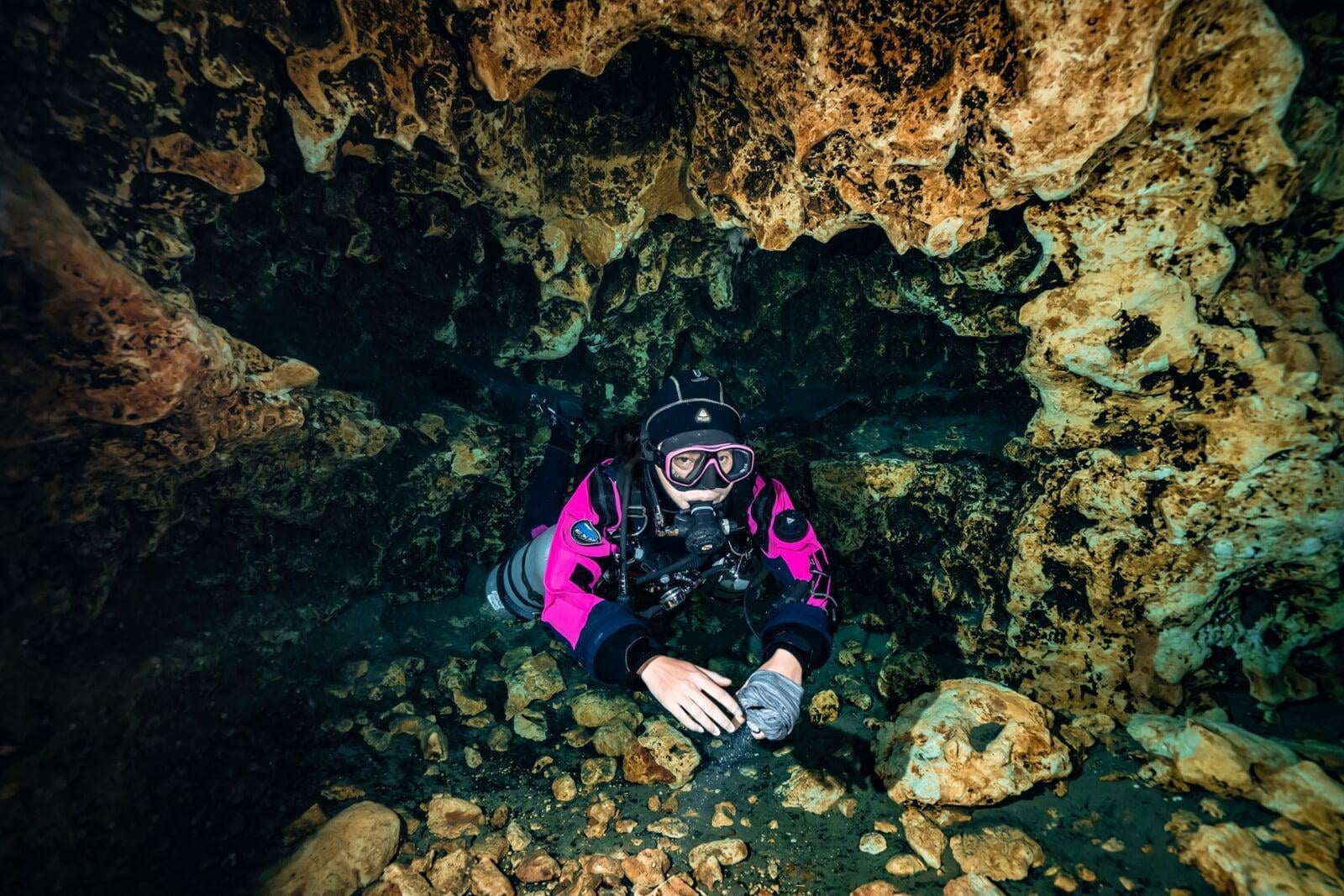

Pre-requisites
18 year old
Intro Cave Diver Certification

Co-requisites
Ability to use 100% oxygen for decompression.

Costs
Tution: $1000
Extra for: Gas fills, rental equipment, transportation, lodging, site entrance fees

